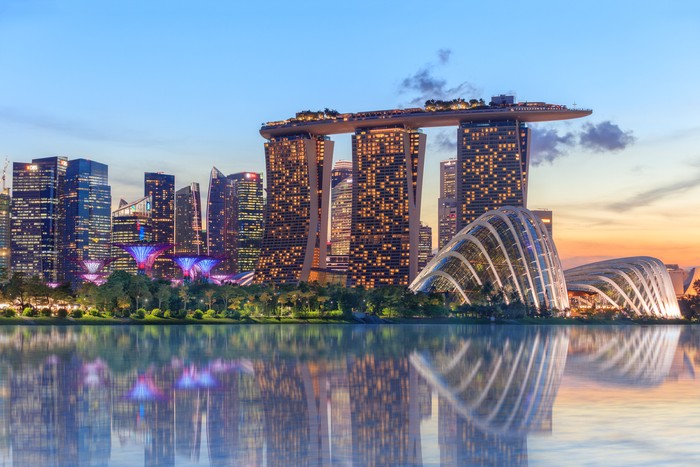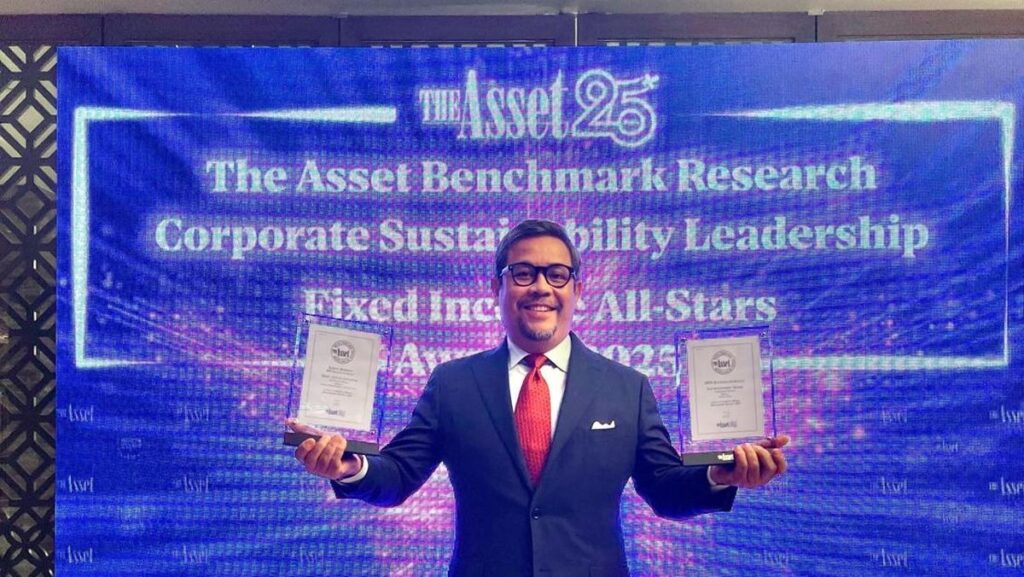Singapore – Singapore has retained its position as the world’s most expensive city for affluent individuals seeking a high-quality lifestyle, according to the 2025 Global Wealth and Lifestyle Report released by Swiss private bank Julius Baer Group.
The annual report, now in its fourth year, analyzed the cost of goods and services representing affluent urban living across 25 major cities. It combines hard data with behavioral insights from high-net-worth individuals (HNWI) to map global trends in luxury consumption and lifestyle priorities.
Singapore ranked first, followed by London and Hong Kong. While luxury spending saw a global slowdown during the winter of 2024 and 2025, Singapore maintained its lead across several high-ticket categories.
“Despite high living costs, Singapore’s appeal as a residence for the wealthy remains strong,” the report noted.
Most Expensive in Cars and Handbags
Singapore emerged as the world’s priciest city in two categories: automobiles and women’s handbags. It also placed second for women’s footwear and third for private housing and healthcare.
Interestingly, it recorded the lowest global price for treadmills, with Mumbai being the most expensive in that specific category.
The report also highlighted key inflationary movements in Singapore’s luxury market:
- Business-class airfare: up 17%
- Private school fees: up 12.1%
- Hotel suite rates: up 10.3%
- Healthcare costs: down 35.8%
These fluctuations reflect shifting dynamics in the city’s high-end services market, driven by demand pressure and global macroeconomic influences.
Liveable, Competitive—and Costly
Despite rising costs, Singapore remains among the world’s most liveable cities and continues to attract wealthy residents from around the globe. The report cites the city’s stability, connectivity, and quality of life as enduring advantages, though notes that competition for prime residential property is increasingly intense.
As cities around the world adapt to changing expectations of affluent consumers, Singapore’s premium positioning demonstrates how economic resilience and lifestyle appeal can coexist—even in one of the world’s most tightly managed urban spaces.







